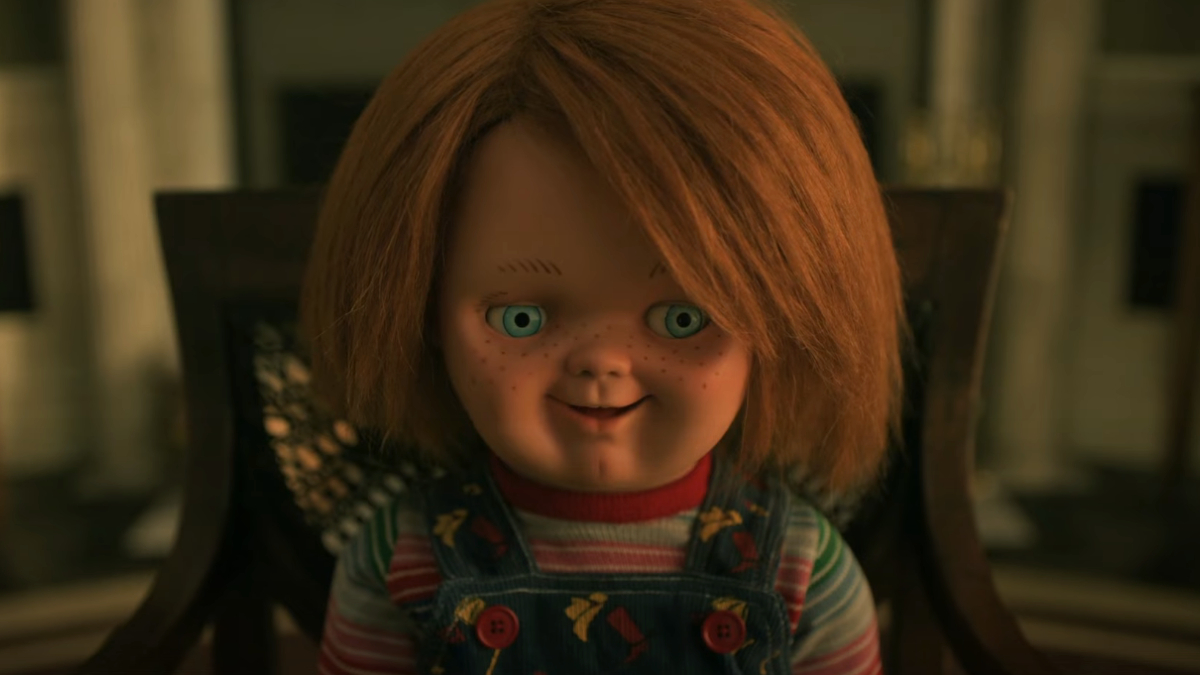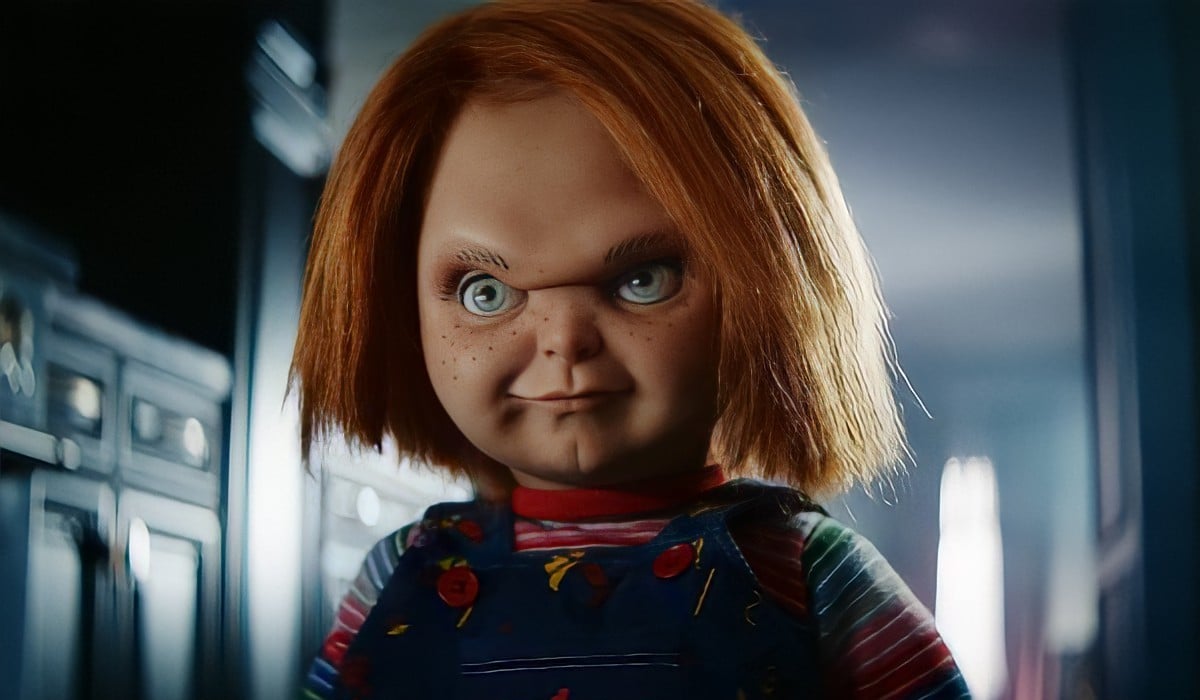How Advertising and the Cabbage Patch Kids Craze Inspired the Chucky Doll

Chuky’s creator, Don Mancini, revealed the surprising inspiration for his infamous creation. The story of Child’s Play arose from the 1980s Cabbage Patch Kids craze and the rise of advertising to children.
It’s a bit surprising to learn that Mancini’s story initially arose from non-haunted origins. After all, The Conjuring Universe, another famous franchise centered on a haunted doll, is actually based on a real-life Raggedy Ann doll believed to be haunted. Hence, it’s not surprising that the Child’s Play franchise fans have looked for similar terrifying real-life stories behind Chucky. The story of Robert the Doll is most often attributed as the inspiration for Chucky. Robert the Doll was owned by Robert Eugene Otto and was gifted to him by one of the family’s maids. Legend has it, though, that the doll was imbued with voodoo magic as the maid wished to get revenge on the family for their mistreatment of her.
Otto loved the doll so much that he named it Robert, after himself, and kept it until he died in 1974. However, the doll would later be associated with many odd occurrences. For example, the story has it that Otto’s parents would hear screaming from his bedroom and enter to find his room in disarray, with Otto claiming the doll had done it. The doll was also rumored to giggle and move around on its own. While many viewers associate Robert the Doll with Chucky, the movie’s crew has never confirmed that the story played a role in Child’s Play. Mancini did admit to finding inspiration in dolls, but not haunted ones.
Child’s Play tackles the impact of marketing on children

In an interview with Yahoo, Mancini opened up about how he found inspiration for Child’s Play, which premiered in 1988. The 1980s was the perfect time to develop a movie centered around dolls, considering how dolls dominated pop culture at the time. During this period, the Cabbage Patch Kids craze took over the United States, a prime example of consumer mass marketing gone wrong. By 1983, what became known as the Cabbage Patch Kids riots took place over the holiday season, with retailers nationwide facing a rise in violence among customers as shoppers began fighting each other to nab the in-demand dolls. The incident affected Mancini, who recalls witnessing the “lines down the block and literal fights breaking out in stores when they [Cabbage Patch dolls] would sell out.”
Additionally, Mancini had a particularly unique perspective, given that he had an inside view of the marketing world. His father worked in marketing, so Mancini was always aware of the negative side of advertising. He told Yahoo, “Initially, my impulse was I wanted to write a dark satire about how marketing affected children, because my dad worked in marketing and advertising when I was growing up, and so I was exposed to that world a lot. And I saw from a very early age how cynical it is, the notion of creating products and getting people to buy things that they don’t really need, and how they do that sometimes to children specifically. They refer to children as ‘consumer trainees.’”
Mancini took the dark side of marketing along with the Cabbage Patch Kids craze and combined it with his knowledge of the sophistication of animatronics in the 1980s to create Child’s Play. While most viewers will be focused on the killer doll, remnants of that dark marketing satire Mancini envisioned appear in the film. Instead of Cabbage Patch Kids, the “Good Guys” doll craze has taken over the nation. Hence, all little Andy Barclay (Alex Vincent) wants for his birthday is a Good Guy doll, sending his mother, Karen (Catherine Hicks), scrambling to find one despite being unable to afford it. This is why she ends up buying a discounted one from a homeless peddler, which turns out to be inhabited by the spirit of a serial killer.
Essentially, mass marketing and the way it makes kids believe they just have to have the latest toy craze is responsible for the Barclay family getting mixed up with Chucky in the first place. Later films continue exploring the marketing theme, as toy companies refuse to stop making “Good Guy” dolls and inadvertently bring Chucky back to life. Mancini saw how marketing led to consumer violence and callously targeted children, making Child’s Play an interesting take on the dangers that lurk within the world of consumerism and advertising.
(Via Yahoo, featured image: Syfy)
Have a tip we should know? [email protected]